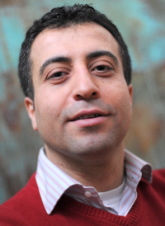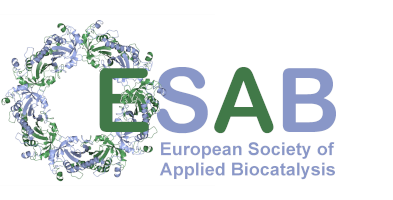PLENARY LECTURE: Quantum Chemistry as a Tool in Biocatalysis
Abstract
Density functional theory is today an important tool in the study of enzymatic catalysis. Using this methodology, many mechanistic problems have been addressed and solved for a wide spectrum of enzymatic systems. We have in recent years applied the so-called quantum chemical cluster approach to study enzymes of biocatalytic interest, in particular enzymes utilized in asymmetric biocatalysis. This talk will give a brief account of the methodology. Recent advances will be discussed and relevant examples will be presented.
Recent reviews on the topic:
[1] Xiang Sheng, Fahmi Himo
The Quantum Chemical Cluster Approach in Biocatalysis
Acc. Chem. Res. 2023, 56, 938–947.
[2] Fahmi Himo, Sam P. de Visser
Status Report on the Quantum Chemical Cluster Approach for Modeling Enzyme Reactions
Commun. Chem. 2022, 5:29.
[3] Xiang Sheng, Fahmi Himo
Mechanisms of Metal-Dependent Non-Redox Decarboxylases from Quantum Chemical Calculations
Comput. Struct. Biotech. J. 2021, 19, 3176-3186.
[4] Xiang Sheng, Masoud Kazemi, Ferran Planas, Fahmi Himo
Modeling Enzymatic Enantioselectivity using Quantum Chemical Methodology
ACS Catal. 2020, 10, 6430-6449.
About the Speaker(s)
 2000 Ph.D., Stockholm University, Sweden.
2000 Ph.D., Stockholm University, Sweden.
2000 Postdoctoral studies at The Scripps Research Institute, USA.
2002 Research Fellow, Royal Institute of Technology, Sweden.
2005 Assistant Professor, Royal Institute of Technology, Sweden.
2009 Professor, Stockholm University, Sweden.
Brief introduction
Fahmi Himo did his undergraduate studies in physics at Stockholm University (1992-1995), where he also received his Ph.D. degree in 2000 (with Leif Eriksson and Per Siegbahn). He then received a special postdoctoral gran from the Wenner-Gren Foundations, where he spent two years at the Scripps Research Institute (with Louis Noodleman) and three years back in Sweden at the Royal Institute of Technology (KTH). 2005-2009 he was assistant professor at KTH before he moved to his current position as professor in quantum chemistry at Stockholm University. His work is concerned with quantum chemical modeling of both homogeneous and enzymatic catalysis.
